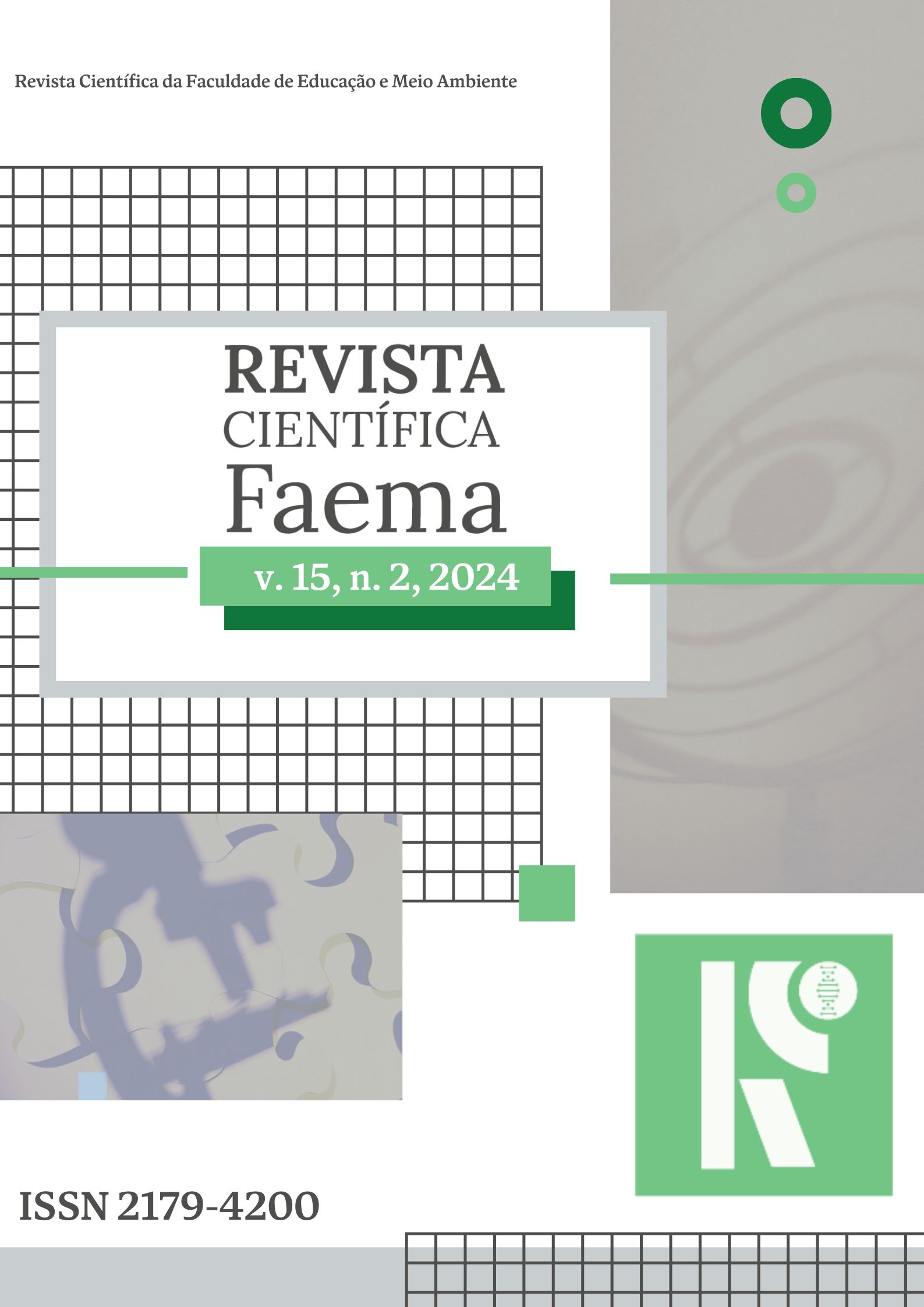PERFORMANCE AND NUTRITIONAL VALUE OF UROCHLOA BRIZANTHA CULTIVARS AT TWO RESIDUE HEIGHTS THROUGHOUT THE SEASONS OF THE YEAR
Main Article Content
Abstract
The study evaluated the forage production, morphological characteristics, and nutritional value of Urochloa brizantha cultivars subjected to residue heights. The experiment took place at UNESP, Botucatu. The adopted design was randomized blocks with four replications in a 3 x 2 factorial arrangement, involving three U. brizantha cultivars: Marandu, Xaraés, and Piatã, and two residue heights: 0.15 and 0.25 m. Planting and maintenance fertilizations were carried out. Analyses included total dry matter production (TDM), forage accumulation rate (FAR), morphological composition, crude protein, and in vitro organic matter digestibility. After data collection, statistical analysis was performed using the R program. In spring and summer, Xaraés outperformed Marandu in TDM production by 31.14% and 42.05%, respectively. No notable differences were observed in autumn and winter. A residue height of 0.15 m resulted in higher TDM production in summer and spring. The Marandu cultivar excelled in crude protein and digestibility. The Xaraés cultivar showed higher TDM and FAR production but is sensitive to seasonality. Maintaining residues at 0.15 m increases dry matter production and reduces inflorescence emission.


